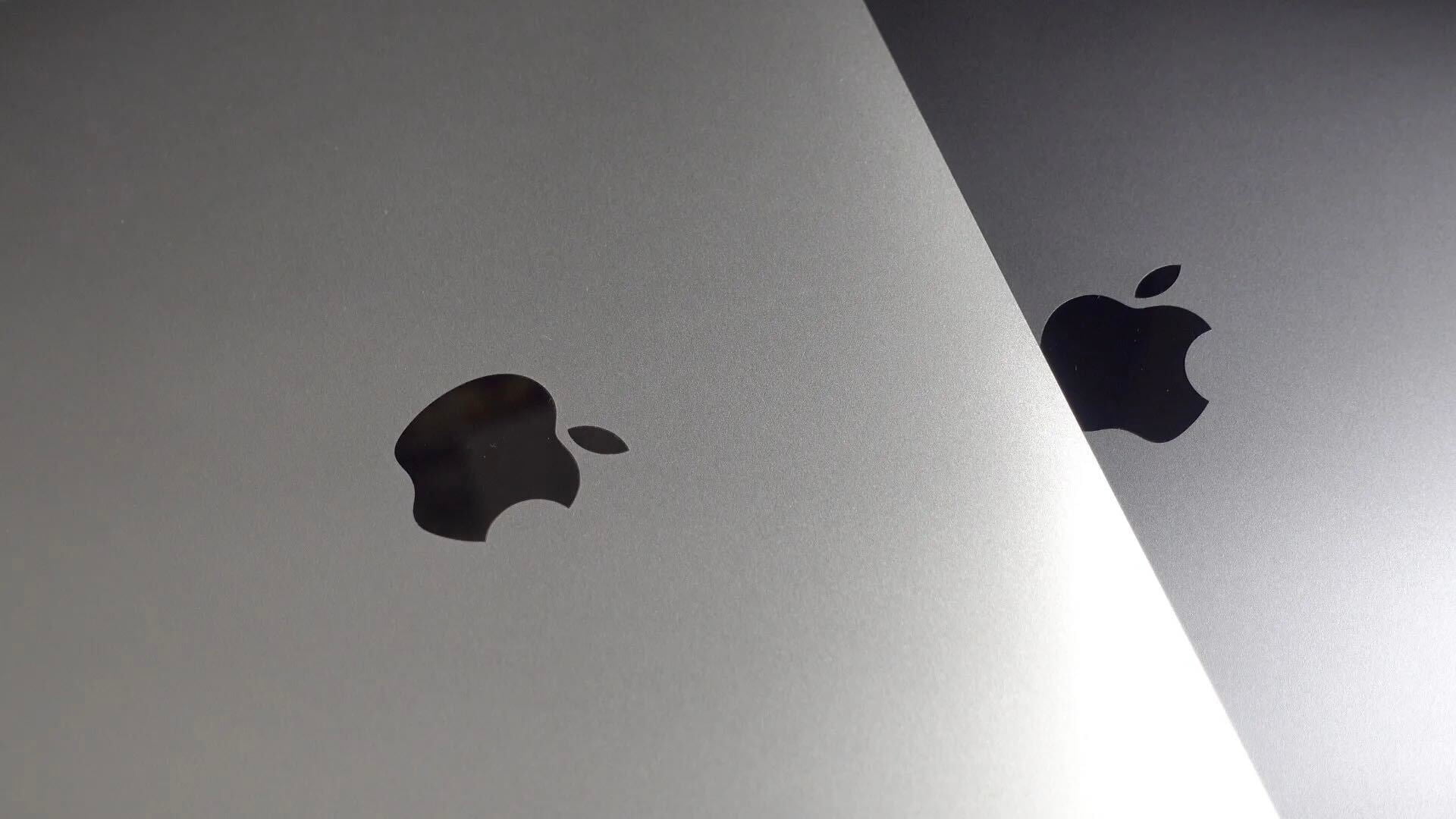Cord cutting

Cord cutting, in general, refers to the cancelling of subscription paid television services in favor of alternative methods for obtaining content. Cord cutting can refer to getting rid of cable television or satellite television in favor of non-traditional alternatives.
Popular TV providers like Comcast (Xfinity), Time Warner, Charter, Cox, AT&T (DirecTV & U-verse), all fit the mold of the traditional TV subscription service. A cord cutter would then cancel one of the aforementioned providers and use one or more alternative hardware methods like HDHomeRun boxes for free live over the air TV, Apple TV, Xbox, PS4, Roku, and others. Of course, streaming services like YouTube, Sling TV, Hulu, Netflix, HBO NOW, and Amazon Video, have played a huge role in the movement as well.
Cord cutters are not necessarily out solely to save money. Many people who choose to cut the cord are of the younger demographic, are usually technically progressive, dislike the huge hulking set top boxes and terrible remotes provided by traditional service providers, are fed up with poor customer service, etc.
That said, cutting the cord can save consumers a significant amount of money each year, although internet-based paid subscription services like Hulu and Netflix will start to add up when accounting for multiple subscription fees each month. There’s also the issue of having to deal with data bandwidth caps set in place by internet service providers.
In response to cord cutting, traditional TV providers are beginning to look for alternative methods to reach subscribers, although reaction has been notably slow. Some content providers, like ESPN, are aggressively exploring new ways to reach cord cutters as well.
The rise of mobile devices like the iPhone has greatly contributed to the idea of cord cutting. In today’s landscape, much content is consumed via iPhones, iPads, and similar devices, instead of traditional television setups in living rooms.



